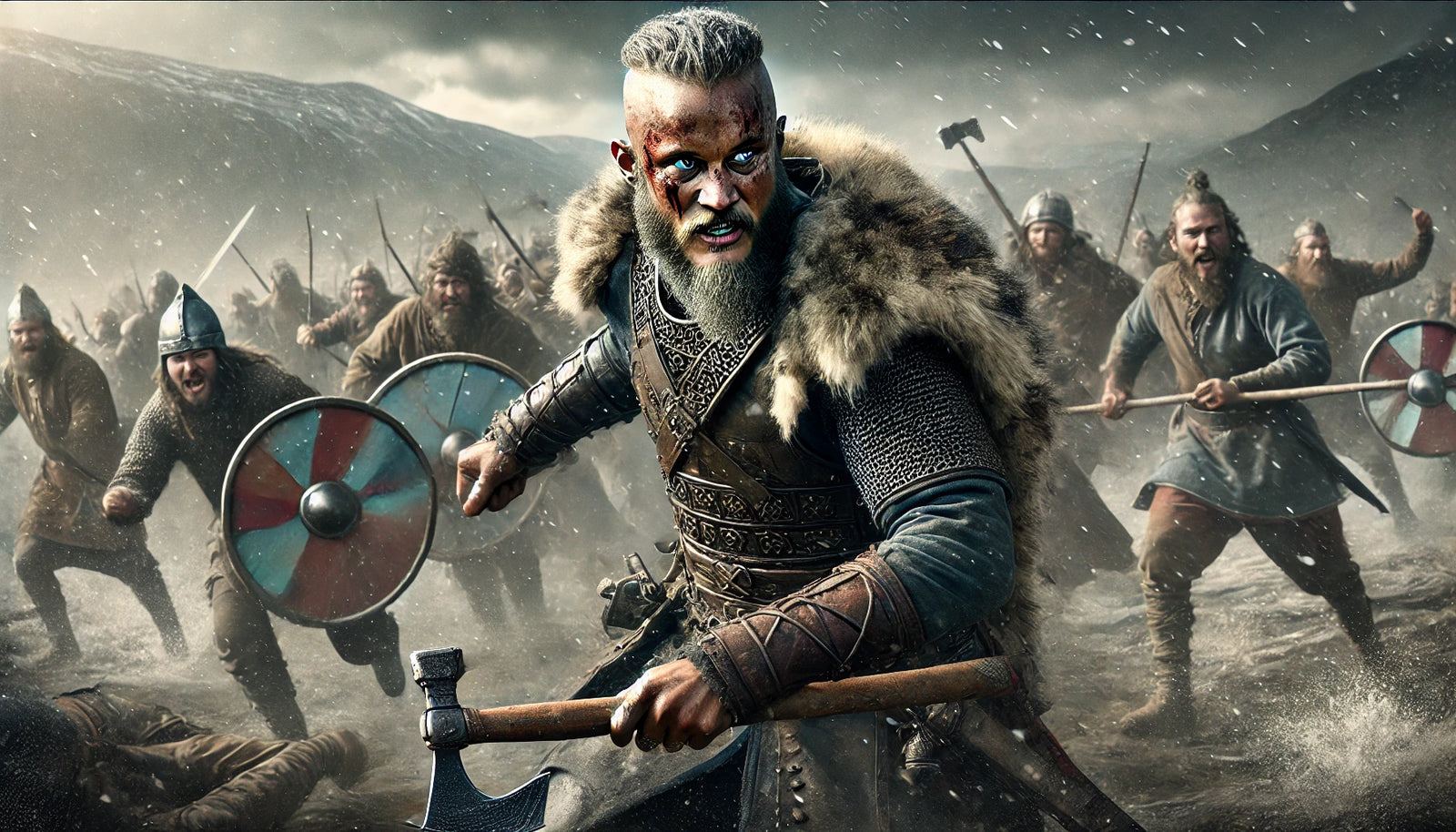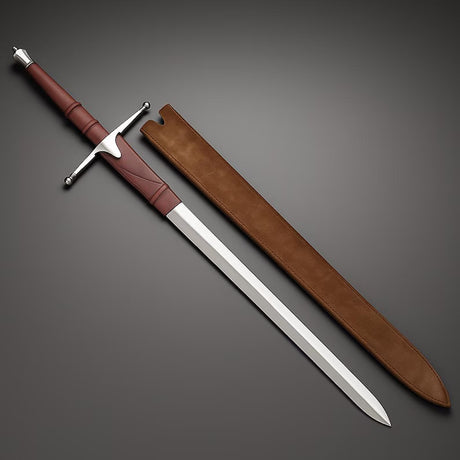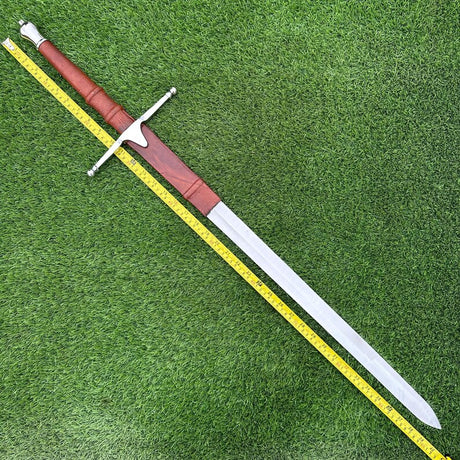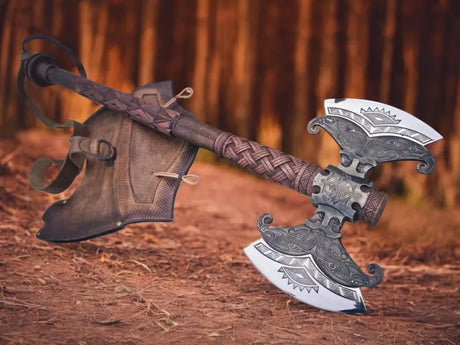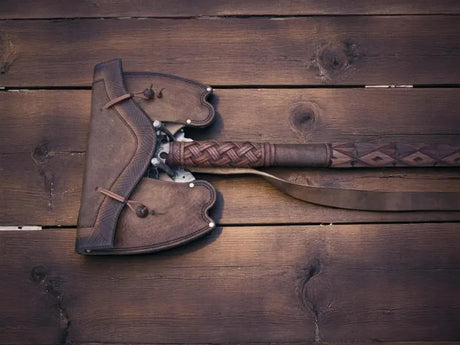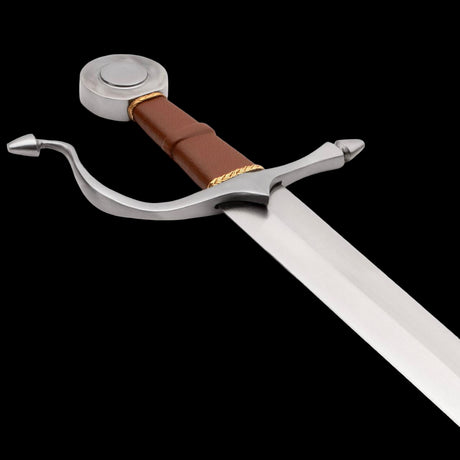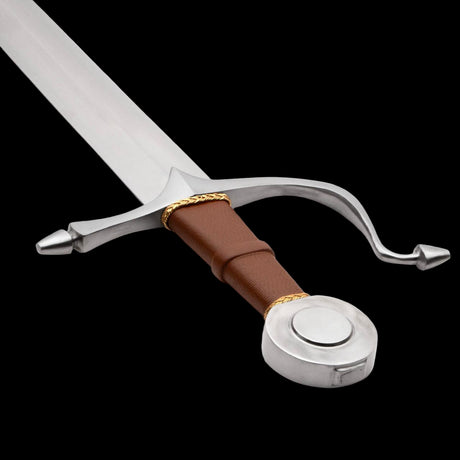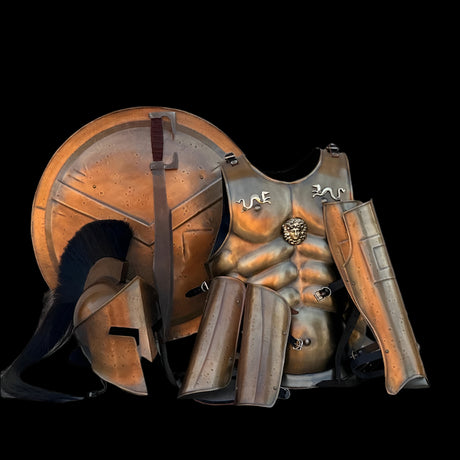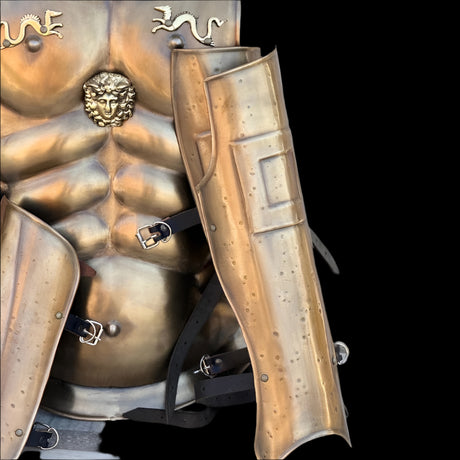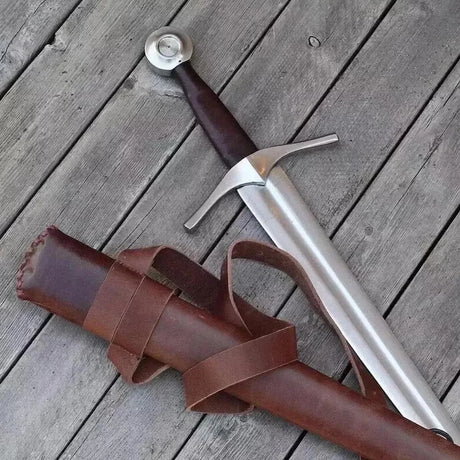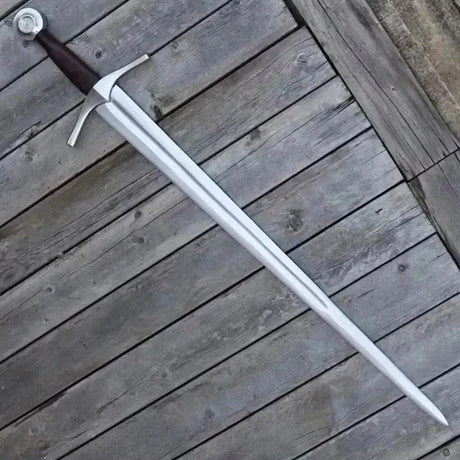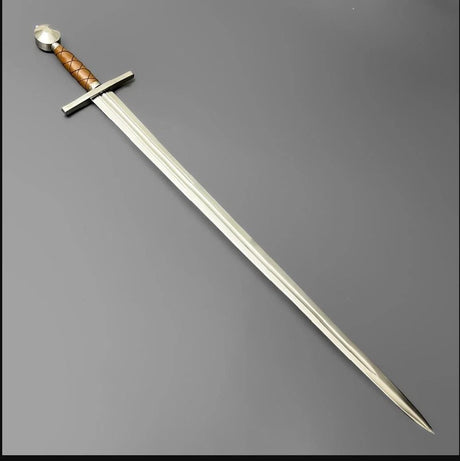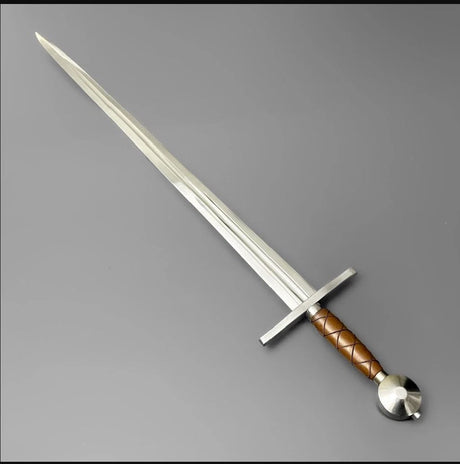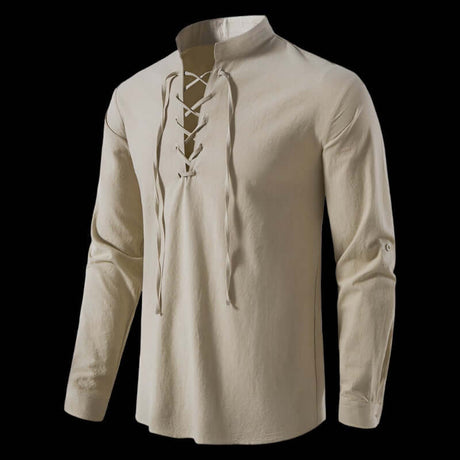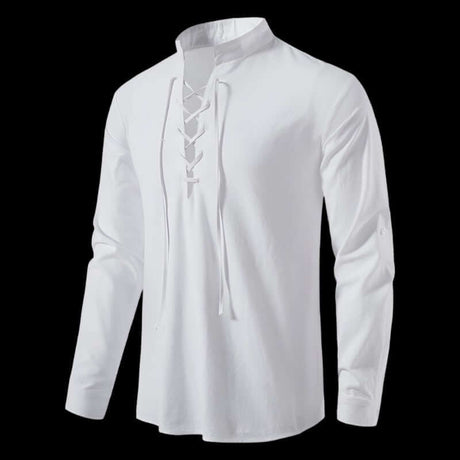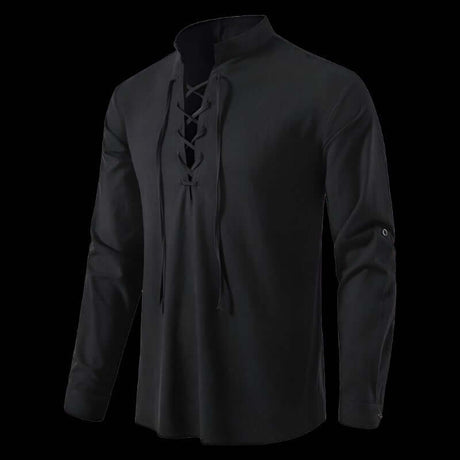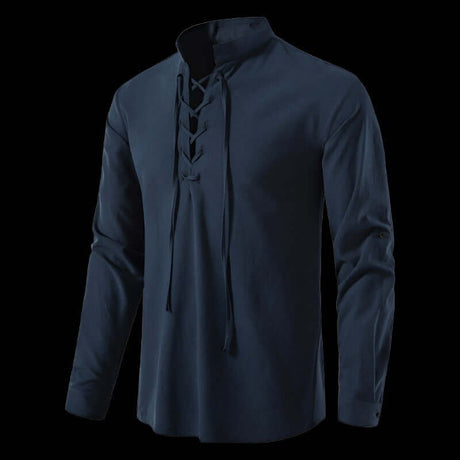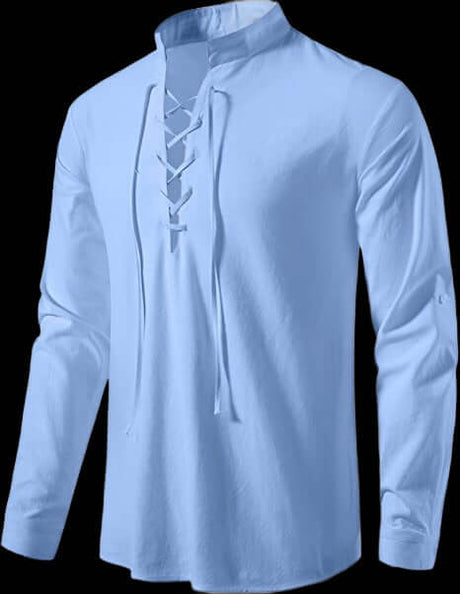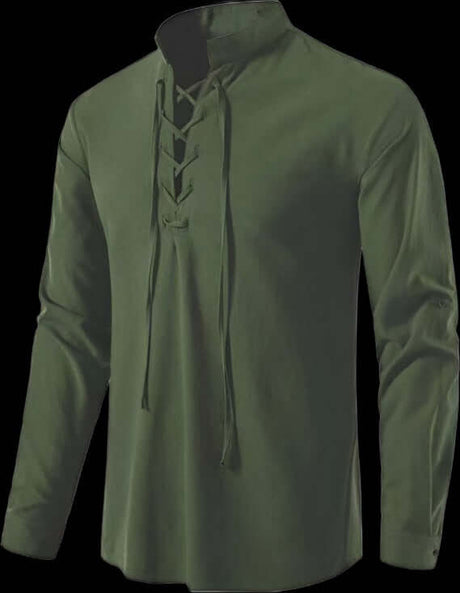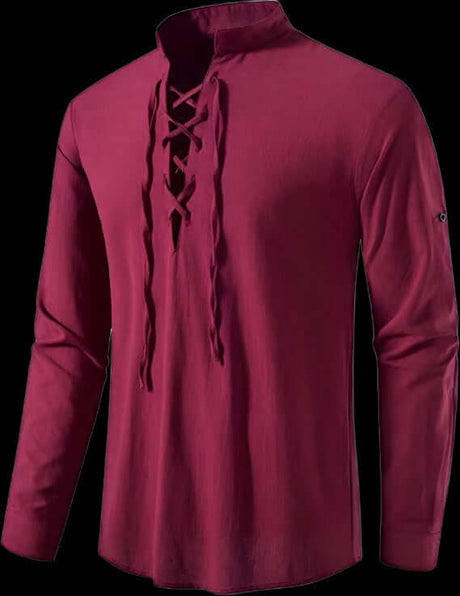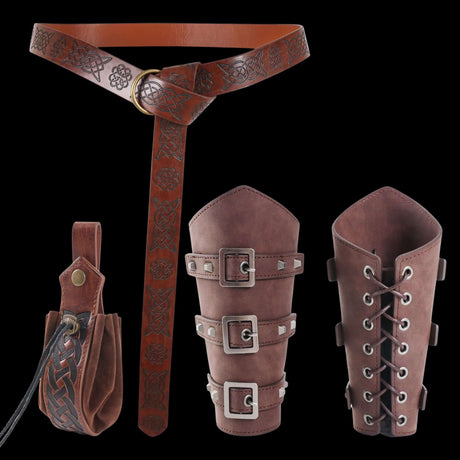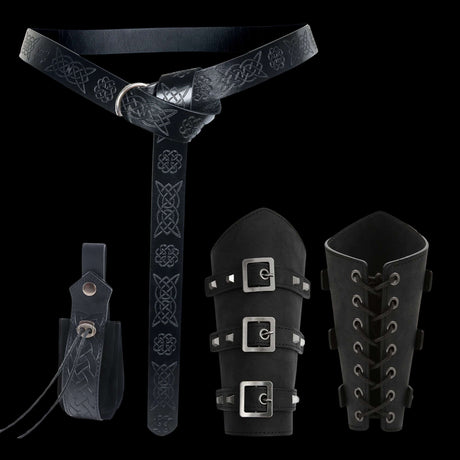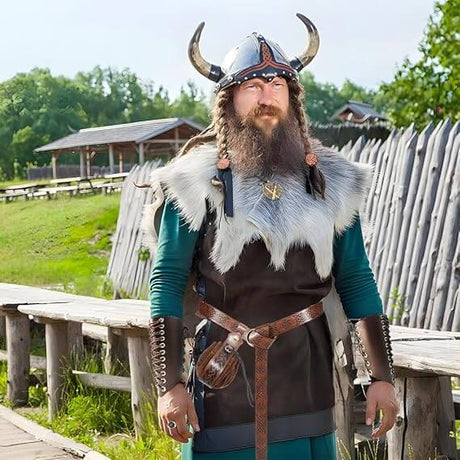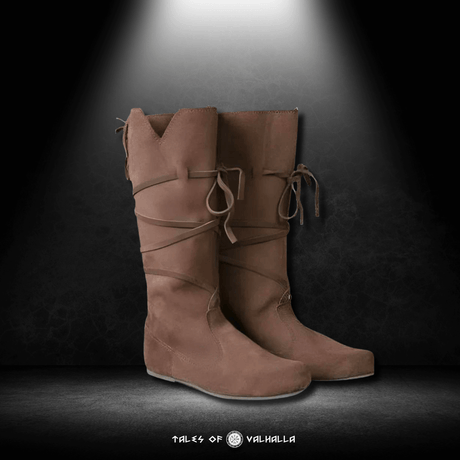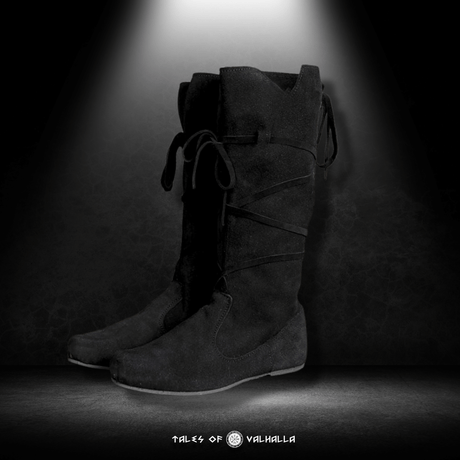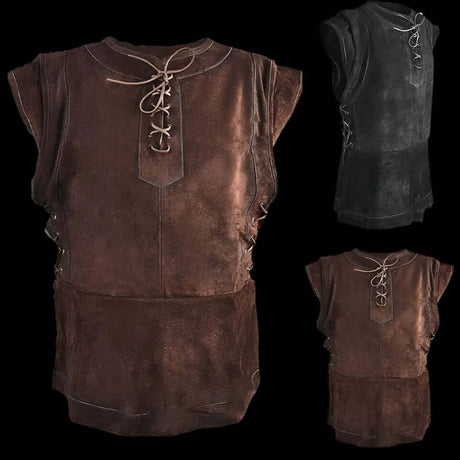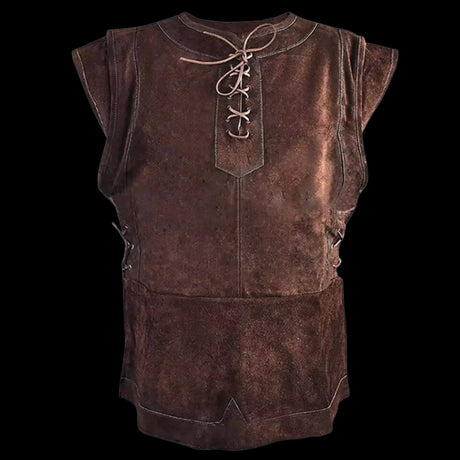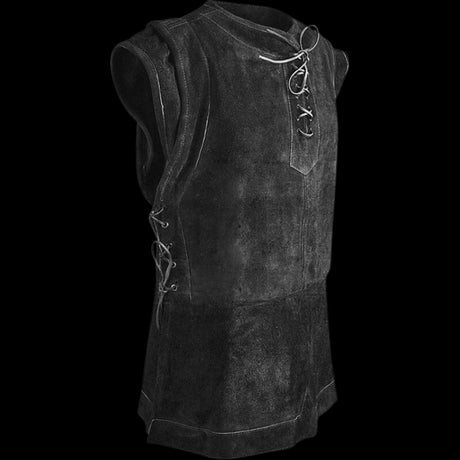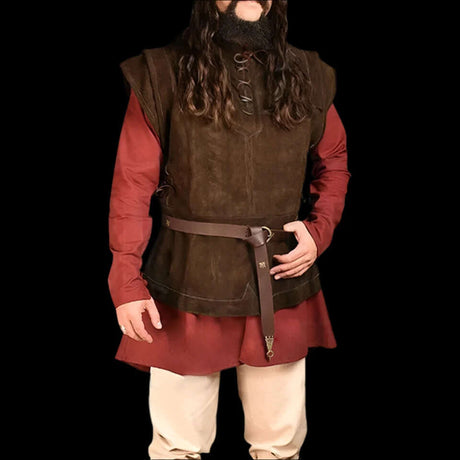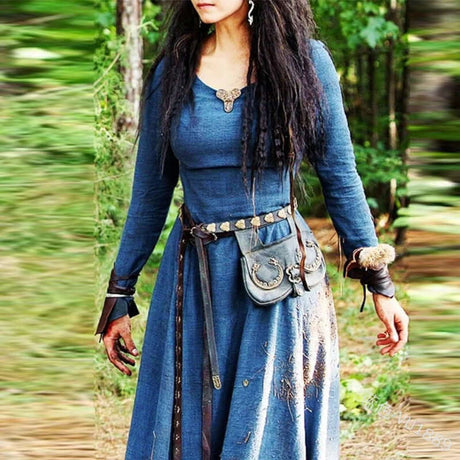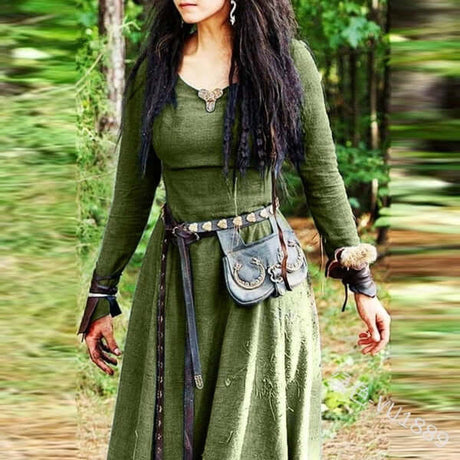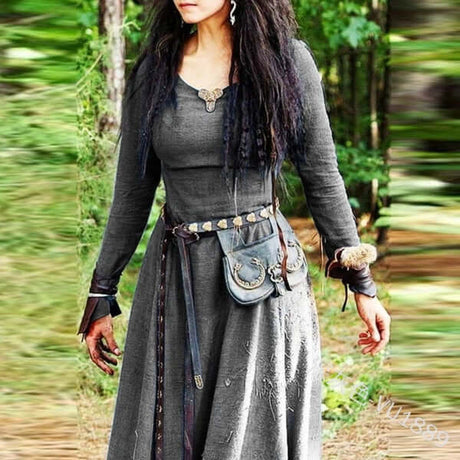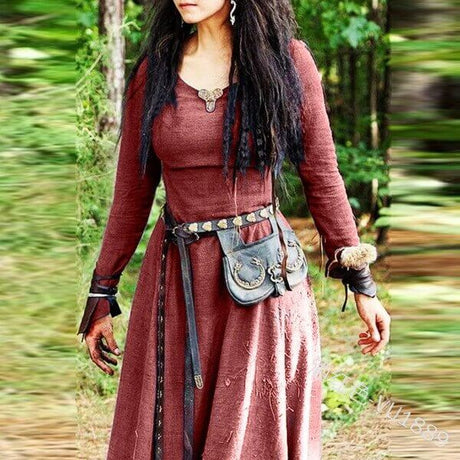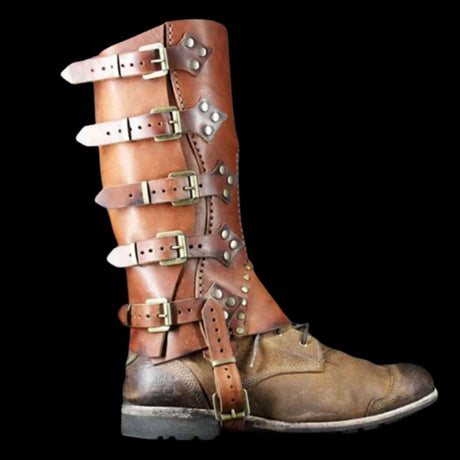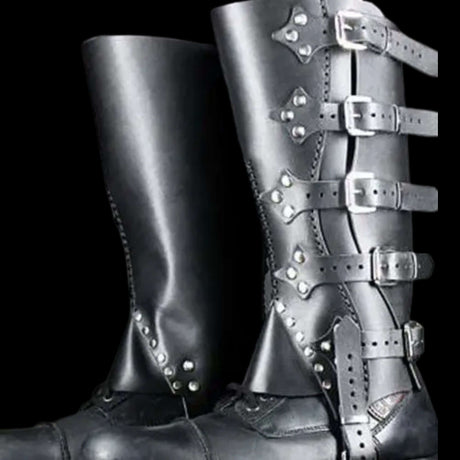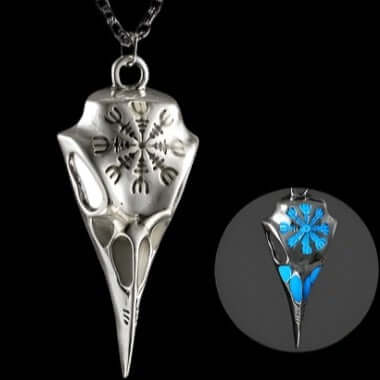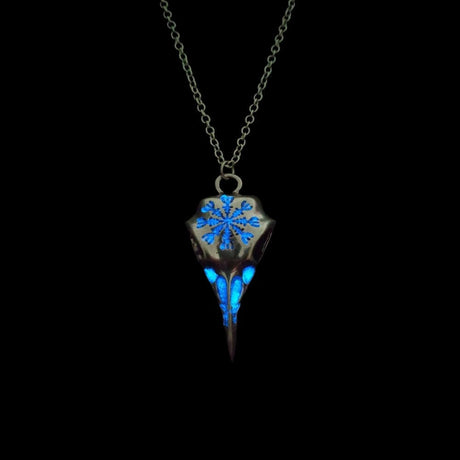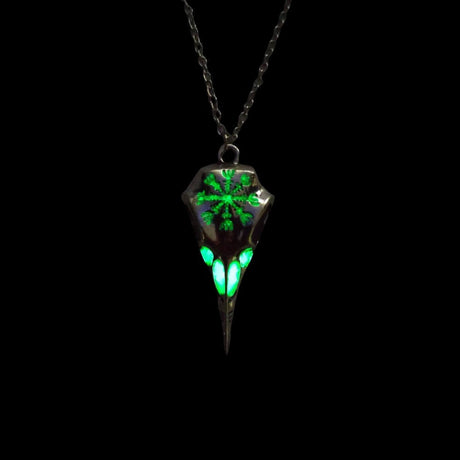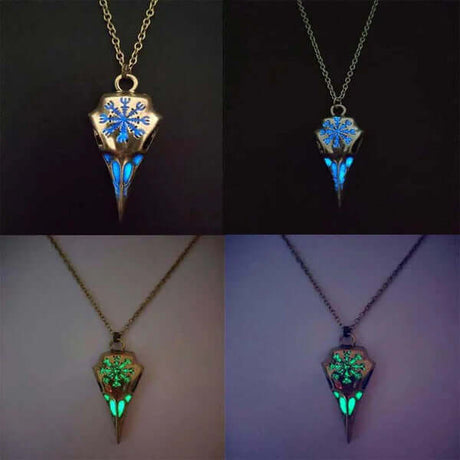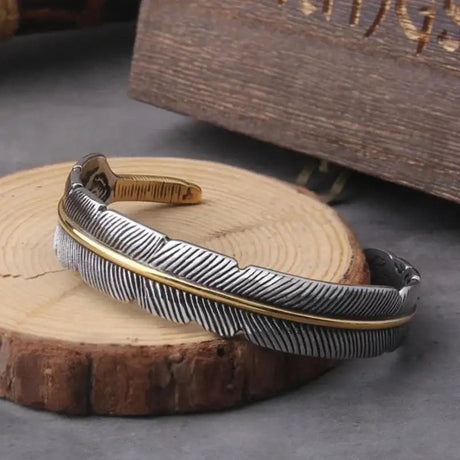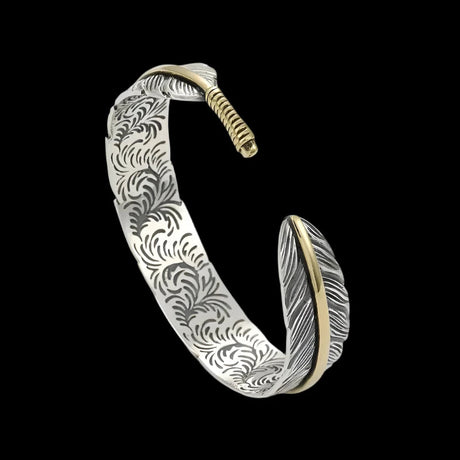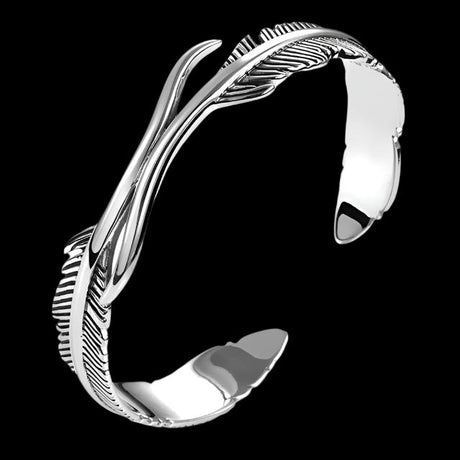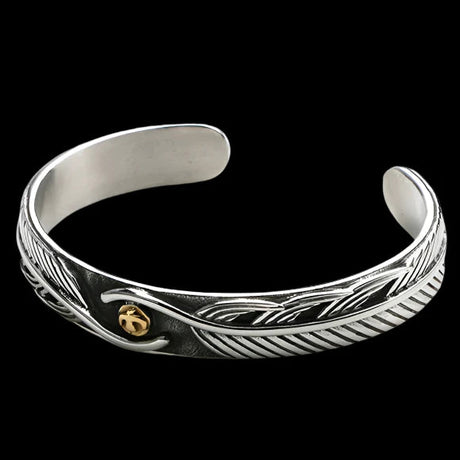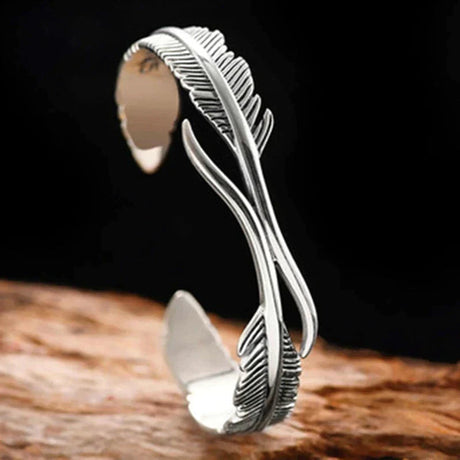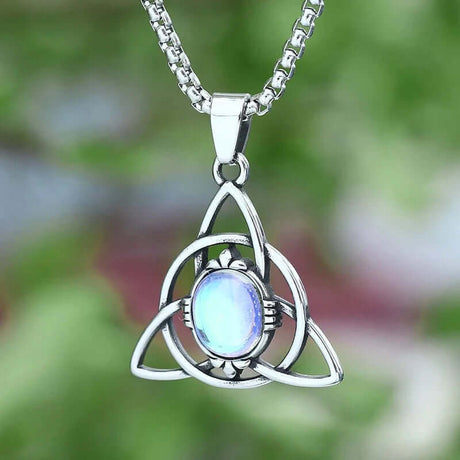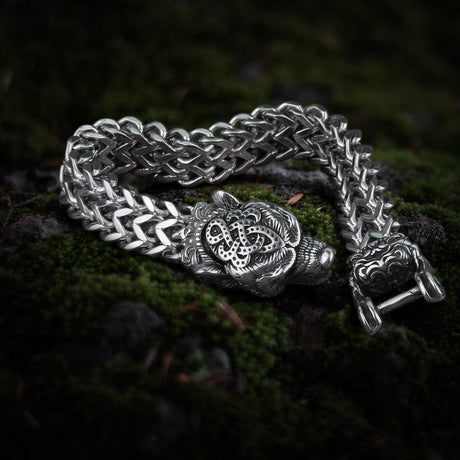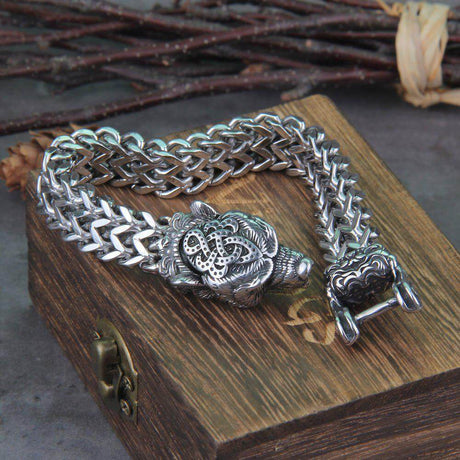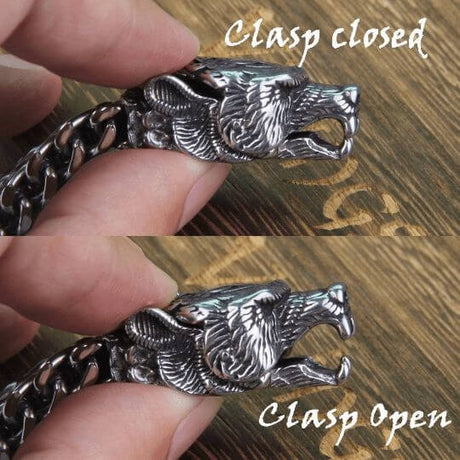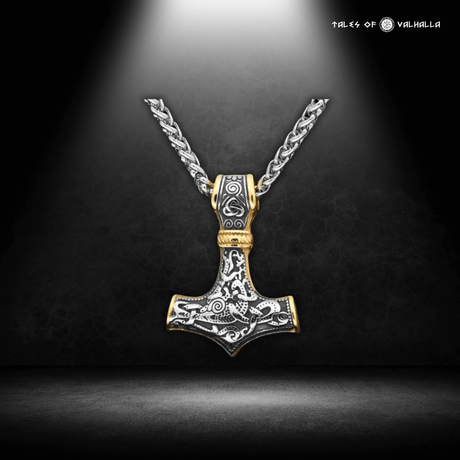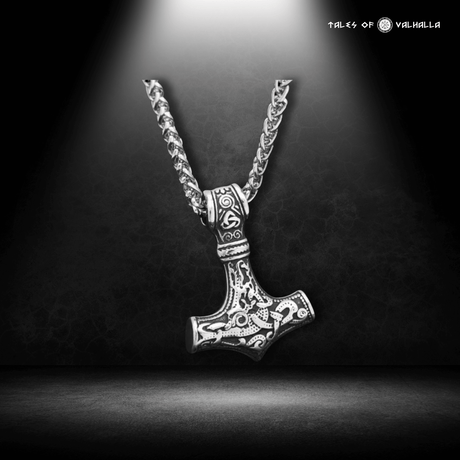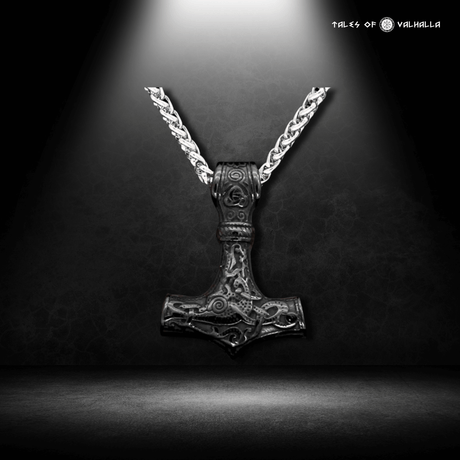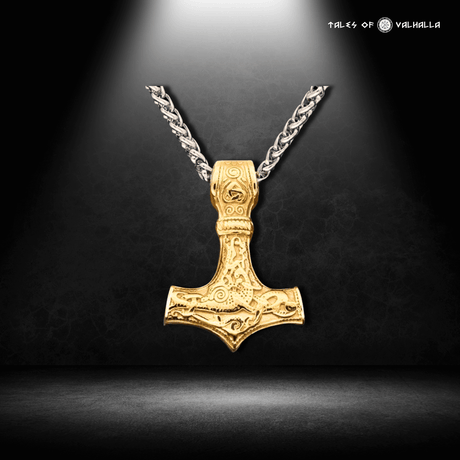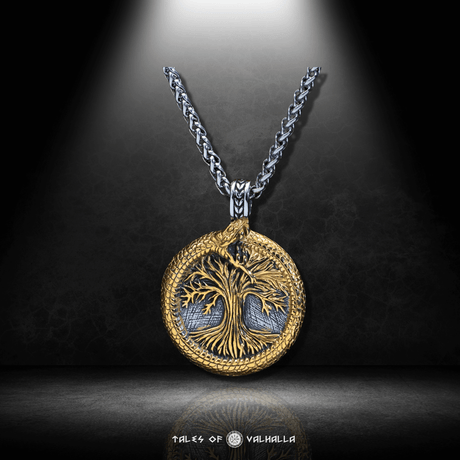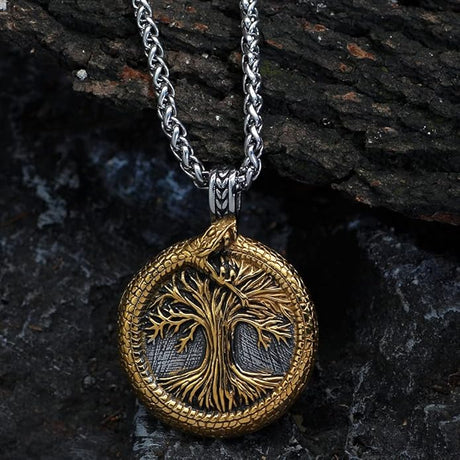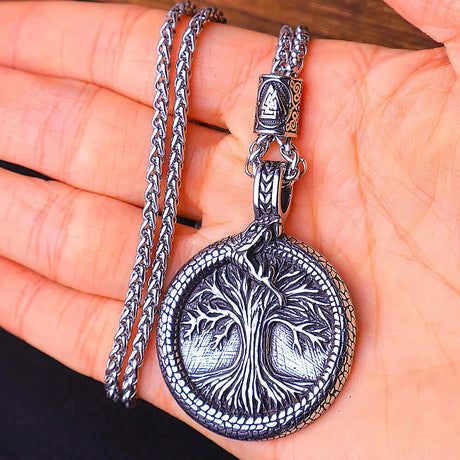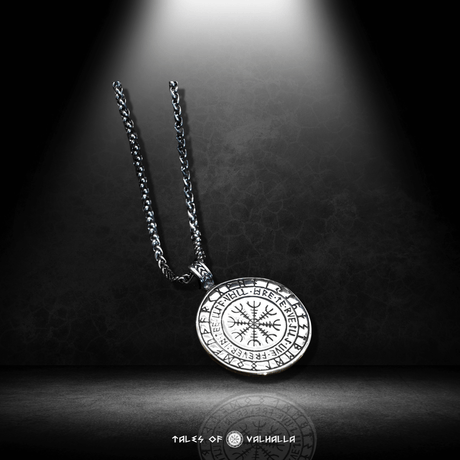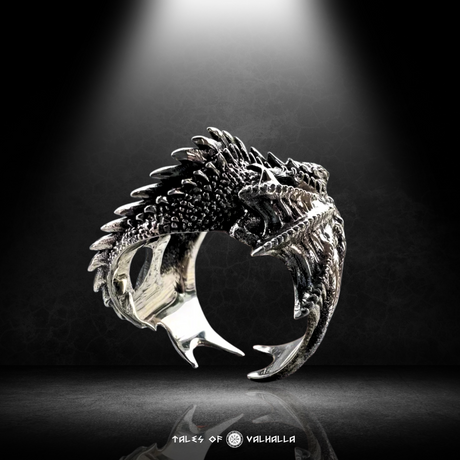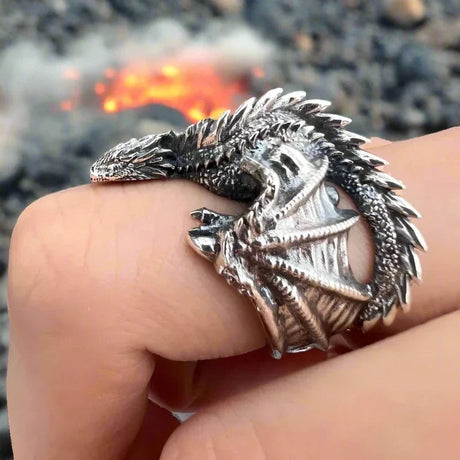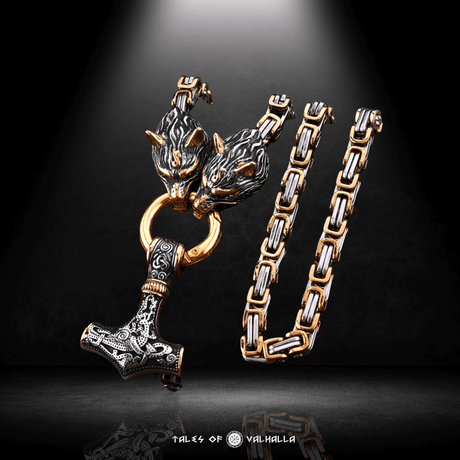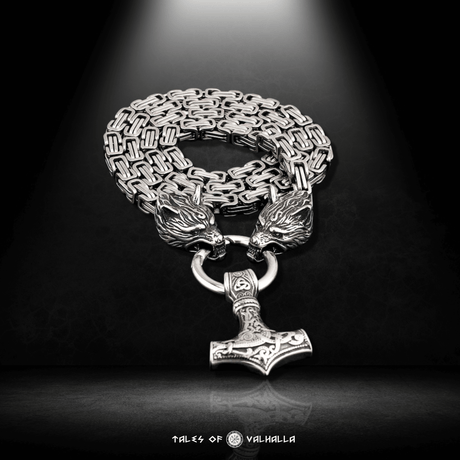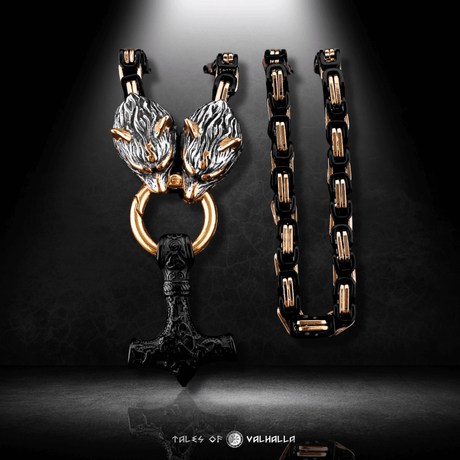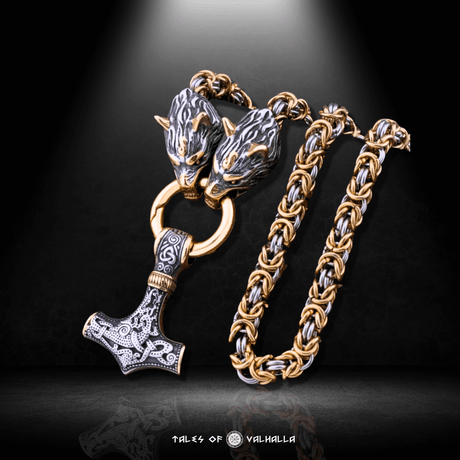Who was Ragnar Lothbrok?
Ragnar Lothbrok, an iconic figure of the Viking Age, is both a historical enigma and a legendary hero whose exploits have been recounted for centuries. His name, synonymous with bravery, cunning, and conquest, has been immortalized in sagas, folklore, and modern media. But the question remains: Who exactly was Ragnar Lothbrok, and is his story based on historical fact or merely the product of Norse myth-making? This exploration delves into the life, the myth, and the lasting impact of Ragnar Lothbrok, while also considering the question: “Was Ragnar Lothbrok a real person?”
Ragnar Lothbrok - The Man, The Myth, The Legend

The name Ragnar Lothbrok (or Ragnarr Lodbruk, as it is sometimes spelled) is deeply ingrained in Viking lore. He is often depicted as the quintessential Viking warrior—fearless, strategic, and relentless in his pursuits. However, the stories surrounding Ragnar blur the lines between historical fact and mythological fiction. The sagas, medieval Scandinavian texts that combine history with mythology, paint Ragnar as a hero whose deeds were so extraordinary that they seem almost unbelievable.
Ragnar Lothbrok is often portrayed as a king of Denmark and Sweden, a warrior of unmatched skill, and a cunning leader who outwitted his enemies. But when we delve deeper into the question “are there any descendants of Ragnar Lothbrok?” we must first confront the more fundamental issue of whether Ragnar himself was a real historical figure or a composite character created by storytellers.
Historians have long debated the existence of Ragnar Lothbrok. Some scholars argue that Ragnar is not a single historical figure but rather a composite of several Viking leaders whose exploits were combined into one legendary persona. These leaders, possibly including figures like King Horik I and Reginherus, were influential in the Viking Age, and their combined stories could have formed the basis of the Ragnar legend. On the other hand, there are those who believe that Ragnar Lothbrok was indeed a real person, albeit one whose story has been greatly exaggerated over time.
The sagas, particularly the “Tale of Ragnar’s Sons” and “The Saga of Ragnar Lothbrok,” describe Ragnar as a man of great courage and tactical brilliance. He is credited with leading numerous successful raids, including the infamous siege of Paris, and is often depicted as a man favored by the gods. However, these accounts are often contradictory, and the lack of contemporary historical records makes it difficult to separate fact from fiction.
Ragnar: Viking Hero

Ragnar Lothbrok’s reputation as a Viking hero is central to his legend. His exploits, as recounted in the sagas, reflect the Viking spirit of exploration, conquest, and resilience. The stories depict Ragnar as a leader who inspired loyalty among his followers and struck fear into the hearts of his enemies. But what does history tell us about Ragnar’s status as a ruler, and how did he earn the title “Ragnar King”?
The sagas claim that Ragnar was a king of both Denmark and Sweden, leading vast armies on campaigns across Europe. His title, “King Ragnar Lothbrok,” suggests a man of considerable power and influence. However, historical evidence to support this claim is sparse. While it is clear that some Viking leaders held significant authority, the idea of a unified Viking kingdom under a single ruler like Ragnar is likely a product of later medieval storytelling rather than historical reality.
The concept of “Viking kings” is itself somewhat anachronistic. During the Viking Age, power was often decentralized, with local chieftains and warlords exerting control over small territories rather than a single, unified kingdom. Ragnar’s portrayal as a king may reflect the medieval authors’ attempts to align Viking history with their contemporary understanding of monarchy and rulership.
Ragnar’s heroics are legendary, with tales of his exploits spreading far and wide. One of the most famous stories is his raid on Paris, where he is said to have led a massive Viking fleet up the Seine River and besieged the city. This event, described in the sagas, is one of the defining moments of Ragnar’s legend. But did it really happen?
The Siege of Paris
The Siege of Paris is one of the most well-known events associated with Ragnar Lothbrok. According to the sagas, in 845 AD, a Viking fleet led by Ragnar sailed up the Seine River and laid siege to Paris. The Viking forces were so formidable that the Frankish King Charles the Bald was forced to pay a ransom of 7,000 pounds of silver to persuade them to leave the city. This tale, like many associated with Ragnar, is a mix of historical fact and myth.
The historical record, particularly the Annals of St. Bertin, confirms that a Viking raid on Paris did take place in 845 AD, and that a large ransom was indeed paid. However, whether Ragnar was the leader of this raid is still up for debate. Some historians suggest that the raid was led by a different Viking chieftain, possibly Reginherus, whose name may have been confused or conflated with Ragnar’s over time.
This event is emblematic of the larger-than-life persona that Ragnar Lothbrok has come to represent. The idea of a single Viking leader commanding such a powerful force and bringing a major European city to its knees is certainly compelling. However, the lack of definitive historical evidence makes it difficult to determine the accuracy of this story.
When considering the Siege of Paris, one cannot help but wonder, “when does Ragnar die?” and whether his eventual fate was connected to this legendary raid. According to the sagas, Ragnar’s death was as dramatic and memorable as his life.
King Ragnar Lothbrok
The title “King Ragnar Lothbrok” is one that conjures images of a powerful and influential ruler. However, the historical evidence for Ragnar’s kingship is limited, and much of what we know comes from the sagas and other medieval texts. These sources often depict Ragnar as a ruler of vast territories, including Denmark and Sweden, but the historical accuracy of these claims is questionable.
The sagas describe Ragnar as a king who ruled with a firm hand, leading his people to victory in numerous battles and expanding his realm through conquest. But was Ragnar really a king, or is this title a later addition to his legend? The idea of a unified Viking kingdom under a single ruler is likely a product of medieval European thinking, where kingship was the norm. In reality, the Viking Age was characterized by a more decentralized form of governance, with power often concentrated in the hands of local chieftains rather than centralized monarchies.
The concept of “Viking kings” is therefore somewhat anachronistic, and Ragnar’s portrayal as a king may reflect the influence of later medieval authors who sought to impose their own understanding of rulership on the Viking past. Nevertheless, Ragnar’s status as a king has become an integral part of his legend, and it is difficult to separate the historical reality from the myth.
One of the reasons for Ragnar’s enduring legacy is the impact he supposedly had on his descendants. The sagas claim that Ragnar fathered many sons who went on to become powerful leaders in their own right. But are these claims historically accurate, and “are there any descendants of Ragnar Lothbrok?”
The Death of Ragnar the Viking Hero
The death of Ragnar Lothbrok is one of the most famous and dramatic events in Viking lore. According to the sagas, Ragnar met his end in a pit of snakes, a brutal execution ordered by King Ælla of Northumbria after Ragnar was captured during a raid on England. This story, like much of Ragnar’s legend, is a blend of history and myth, and its accuracy is a subject of ongoing debate among historians.
The tale of Ragnar’s death is recounted in several medieval sources, including the “Tale of Ragnar’s Sons” and the “Anglo-Saxon Chronicle.” According to these accounts, Ragnar was captured by King Ælla after a failed raid on Northumbria. Ælla, seeking to make an example of Ragnar, ordered that he be thrown into a pit of snakes, where he met a gruesome and agonizing death.
But “when does Ragnar die?” and was this dramatic execution a historical event, or merely a legendary embellishment? Some historians believe that the story of Ragnar’s death was later added to his legend to enhance the tales of his sons, who are said to have sought revenge against Ælla in what became known as the Great Heathen Army.
The Great Heathen Army, a massive Viking force that invaded England in the late 9th century, is one of the most significant events in Viking history. According to the sagas, this army was led by Ragnar’s sons—Bjorn Ironside, Ivar the Boneless, and Sigurd Snake-in-the-Eye—who sought to avenge their father’s death. This story has been immortalized in various forms of media, including the popular television series “Vikings,” and has become one of the most enduring aspects of Ragnar’s legacy.
While the story of Ragnar’s death is compelling, it is important to approach it with a critical eye. The historical evidence for Ragnar’s execution by King Ælla is limited, and it is possible that the tale was later embellished or even invented to add drama to the sagas. Nevertheless, the story of Ragnar’s death has become an integral part of his legend, and it continues to captivate audiences to this day.
Ragnar’s Legacy
Whether Ragnar Lothbrok was a real person or a mythological construct, his legacy is undeniable. The tales of his exploits, his heroism, and his tragic death have left an indelible mark on both Viking history and popular culture. Ragnar’s story has been retold countless times, from medieval sagas to modern television series, and continues to captivate audiences worldwide.
The question “are there any descendants of Ragnar Lothbrok?” is one that has intrigued historians and genealogists for centuries. According to the sagas, Ragnar fathered many sons, including Bjorn Ironside, Ivar the Boneless, and Sigurd Snake-in-the-Eye. These sons are said to have carried on their father’s legacy, leading Viking armies to new conquests and further cementing Ragnar’s place in history.
However, the historical accuracy of these claims is difficult to verify. While some of Ragnar’s supposed sons, such as Bjorn Ironside and Ivar the Boneless, are mentioned in historical records, the connections between them and Ragnar are not always clear. It is possible that these figures were later associated with Ragnar in the sagas to enhance his legend and create a sense of continuity between generations of Viking leaders.
Despite the uncertainties surrounding Ragnar’s descendants, his legacy lives on. The stories of his exploits have inspired countless works of literature, art, and entertainment, from medieval sagas to modern films and television series. Ragnar Lothbrok remains a symbol of the Viking Age, embodying the spirit of adventure, conquest, and heroism that defines this fascinating period of history.
In modern popular culture, Ragnar Lothbrok has become a household name, thanks in part to the success of the television series “Vikings.” This show, which dramatizes Ragnar’s life and exploits, has introduced millions of viewers to the world of the Vikings and has reignited interest in this ancient warrior culture. While the show takes considerable liberties with historical accuracy, it has nevertheless contributed to the enduring appeal of Ragnar Lothbrok as a cultural icon.
Moreover, Ragnar’s story has had a lasting impact on the way we perceive the Viking Age. His portrayal as a fearless warrior and cunning leader has shaped our understanding of the Vikings as a whole, reinforcing the image of the Norsemen as fierce, independent, and relentless in their pursuit of glory. While this image is not entirely accurate—Viking society was complex, and its people engaged in a wide range of activities beyond raiding and warfare—it has become a defining feature of how we remember this period of history.
Conclusion
The question “was Ragnar Lothbrok a real person?” may never be definitively answered. The historical evidence for Ragnar’s existence is limited, and much of what we know comes from sources that are more myth than fact. However, whether Ragnar was a real historical figure or a legendary construct, his story continues to inspire and intrigue. Ragnar Lothbrok remains a symbol of the Viking Age, embodying the spirit of adventure, conquest, and heroism that defines this fascinating period of history.
Ragnar’s legacy lives on, not just in the stories of his supposed descendants, but in the enduring appeal of his legend. He is a figure who has transcended the boundaries of history and myth, becoming an icon of a bygone era. Whether he was a real person or a product of Norse imagination, Ragnar Lothbrok will always be remembered as one of the greatest heroes of the Viking Age.

